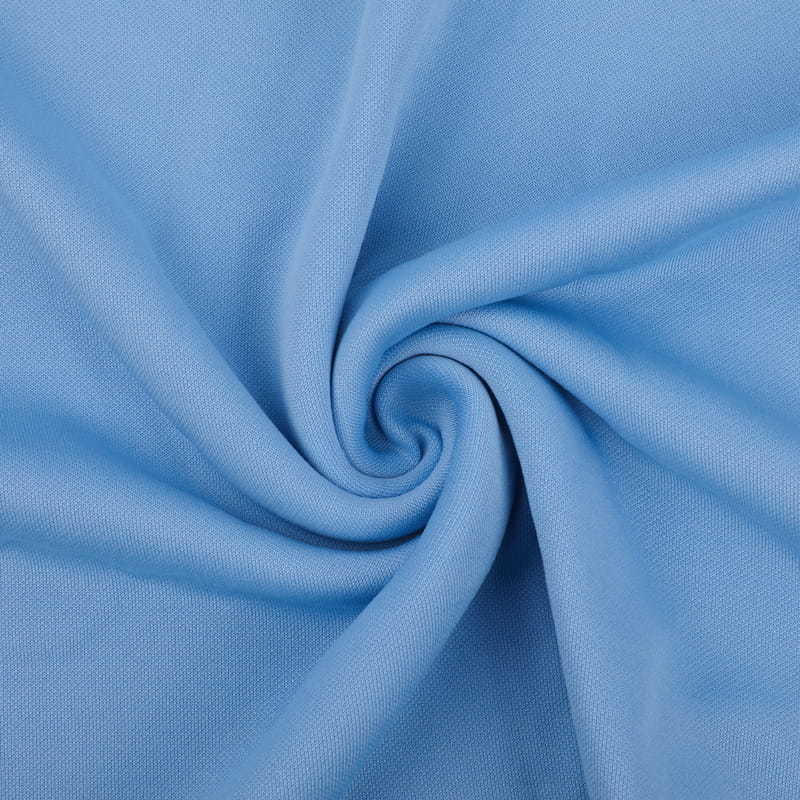 100% Polyester Brushed Double Knit Fabric
100% Polyester Brushed Double Knit Fabric
100% polyester brushed double knit fabric is front-side plain with back-side brushed. The fabric is ...
 Polyester Brushed Jacquard Textured Knit Fabric
Polyester Brushed Jacquard Textured Knit Fabric
Polyester brushed jacuqard textured knit fabric is a knid of double knit fabric. The design and text...
 Cationic Polyester Brushed Knitted Fabric
Cationic Polyester Brushed Knitted Fabric
The composition of this polyester brushed fabric is cationic polyester yarn on the front and normal ...
 Polyester French Terry Circular Knitted Fabric
Polyester French Terry Circular Knitted Fabric
Polyester french terry fabric is considered a midweight fabric, which means that it is heavier than ...
 Solid Polyester Brushed Waffle Knit Fabric
Solid Polyester Brushed Waffle Knit Fabric
This solid polyester brushed waffle knit fabric is brushed on one side and plush to the touch. Brush...
 100% Polyester Heather Melange Brushed Knitted Fabric
100% Polyester Heather Melange Brushed Knitted Fabric
The composition of this polyester brushed fabric is cationic polyester yarn on the front and normal ...
 260Gsm Imitation Cotton Polyester Circular Knitted Fabric
260Gsm Imitation Cotton Polyester Circular Knitted Fabric
The fabric is made by imitation cotton, which is 100% polyester but has a real cotton look and feel....
 220Gsm Pique Fabric 100% Polyester Circular Knitted Fabric
220Gsm Pique Fabric 100% Polyester Circular Knitted Fabric
Pique fabric is extremely absorbent, durable, breathable and easy-care fabric.It's an ideal as a mat...
 250Gsm 100% Polyester Eyelet Mesh Fabric 3 Tuck For Active Wear
250Gsm 100% Polyester Eyelet Mesh Fabric 3 Tuck For Active Wear
Eyelet mesh/bird eye/mock mesh/flat back fabric is one of the most popolar circular knitted fabric. ...
 190Gsm 100% Cationic Polyester 2 Color Bird Eye Mesh Fabric
190Gsm 100% Cationic Polyester 2 Color Bird Eye Mesh Fabric
This 100% cationic polyester eyelet mesh have 2 color effect.Lightweight, breathable, with wicking f...
 Sports Polyester Shiny Mesh Circular Knit Fabric
Sports Polyester Shiny Mesh Circular Knit Fabric
This sports polyester shiny mesh is semi-dull in the front side and shiny in the back side, which sh...
 Polyester Wicking Stripe Double P.K Circular Knit Fabric Textile For Garment Shirt Polo Athleisure
Polyester Wicking Stripe Double P.K Circular Knit Fabric Textile For Garment Shirt Polo Athleisure
Polyester wicking stripe double P.K circular knit fabric textile, This 100% polyester circular knitt...


 English
English 中文简体
中文简体.jpg?imageView2/2/format/jp2)





